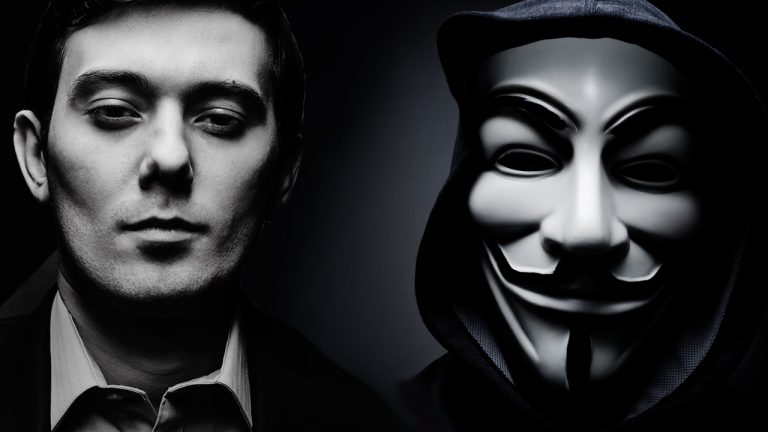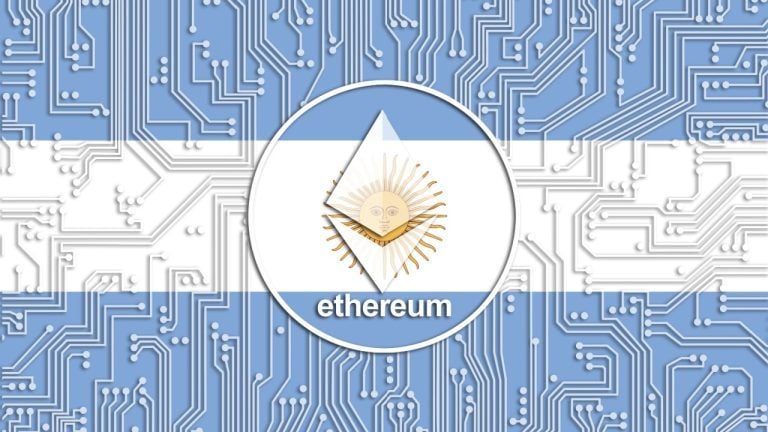Another Mysterious Person Signs a 2009 BTC Address, Message Shared by Martin Shkreli Mentions Convicted Felon Paul Le Roux

Just recently, the crypto community discovered a bitcointalk.org forum user who signed a message from bitcoin block 1,018, and the signer associated the signature with an address first seen in 2022. Moreover, further investigation and evidence have tied block 1,018 to the now-deceased computer scientist Hal Finney’s bitcoin transactions. Two days ago, another signature and message associated with an old bitcoin address were published, and this time around it was revealed by the ‘pharma bro’ and former hedge fund manager Martin Shkreli. The latest message makes a bold claim that says that criminal cartel boss and former programmer, Paul Le Roux, sent Hal Finney the first bitcoin transaction on Jan. 12, 2009.
Another Jan. 2009 Bitcoin Address Has Been Signed — This Time the Verified Message Was Shared by ‘Pharma Bro’ Martin Shkreli
Amid the chaos tethered to the FTX collapse, the crypto community has witnessed an odd message signing from a bitcointalk.org forum user called “Onesignature.” The user signed a message tied to the address “1NChf,” which is linked to the coinbase reward 1,018. Then to prove that the user still exists today, the message contained a 2022 bitcoin address and Onesignature signed a message with the newly created address as well. Upon further investigation, Bitcoin.com News discovered that Onesignature’s 1NChf address and block 1,018 are associated with Hal Finney’s bitcoin transactions. This includes a great deal of the alleged bitcoin blocks Finney mined and the computer scientist’s BTC transfers as well.
The problem is that Finney passed away in 2014, after dealing with years of suffering tied to his amyotrophic lateral sclerosis (ALS) complications. This means that Finney himself did not sign the transaction, but the wallet could still be controlled by his remaining family members and estate. The estate could have sold the wallet as well in its entirety, even if it was empty and for a considerable amount of value. After Onesignature’s revelation, however, another signing appeared on the web, and this time it was introduced by the former hedge fund manager Martin Shkreli. The convicted felon and ‘pharma bro’ is a controversial figure and in more recent times, he’s been involved in numerous crypto-related discussions.
On Dec. 13, 2022, Shkreli published a post on his substack blog, and the blog post is titled: “Paul Le Roux is Satoshi.” In the post, Shkreli shares a bitcoin address that is associated with the message and signature published in Shkreli’s blog. The address is “1Q2TW,” the same address by which Satoshi Nakamoto sent 10 bitcoin on Jan. 12, 2009, to Hal Finney from block 9. Shkreli’s message says: “This Transaction was made by Paul Leroux to Hal Finney on January 12, 2009 #bitcoin.” The message also contains the signature proving that the signer has access to the 1Q2TW private key. In the comments section, Shkreli is asked where he got the message, but the former hedge fund manager does not disclose this information.
Software Developer Greg Maxwell Pokes Holes in Shkreli’s Evidence
A number of commenters in Shkreli’s blog post criticize him for not sharing where he got the message and signature set. “The failure to answer this question – even by briefly saying why he cannot directly say, is very telling,” one person wrote. “We can see Martin has been going through the comments.” Additionally, Shkreli is confronted by the bitcoin developer Greg Maxwell, who explains that the signature type used to sign the message was not around when Finney was developing. “So it was presumably created by someone who obtained Hal’s private keys after his death,” Maxwell insisted. “You can see that address was actively sending transactions long after Hal’s death so *unambiguously* someone else has control of the key.”
Maxwell’s comments are correct as the 1Q2TW address had made an outgoing transaction long after Finney’s death. The transfer of 0.034337 BTC was sent from 1Q2TW on Sept. 6, 2017, at 1:42 a.m. (ET). Maxwell further tells the ‘pharma bro’ that the signature he posted “isn’t compatible with the Bitcoin blockchain, it’s a new signature type we introduced specifically for message signing, which was first released in Bitcoin 0.5.0 on November 1st, 2011.” The software programmer also says the specific format is an “Electrum style” scheme, which “wasn’t even proposed until mid-2013,” Maxwell stressed. “I’m not sure when it was first implemented.” Maxwell continued:
By the time signmessage was created in late 2011 Hal was profoundly disabled and only able to use a computer with someone else’s help, it wasn’t widely used until years after. Other commenters have pointed out that this address was active in 2017 so that gives an obvious explanation: The message wasn’t signed by Hal but whomever is using his keys now.
Shkreli Claims He’s Going to ‘Reach out to Finney’s Family’ to See Who Owns the Private Keys
Shkreli responded to Maxwell and conversed back and forth with the software developer. “This is very helpful, I am going to reach out to Finney’s family to see who has these keys and why would they be signing messages,” Shkreli said. “From the little I know of the Finneys, it does not seem like they would be LARPing and signing random signatures or selling the key pairs,” the ‘pharma bro’ added. Maxwell remarked that the Finney family was attacked by extortionists at one time, and he further noted that some of Hal’s bitcoins were sold. “It’s possible that they did so by just selling the keys (or a whole wallet)— it would be a convenient way to do so that wouldn’t require figuring out how to use it,” Maxwell said.
The name “Paul Le Roux” refers to the former cartel boss, DEA informant, and software programmer who resides in jail after he was arrested for various crimes in 2012. Le Roux has been considered a Satoshi suspect for many years now, and people believe he had the technical know-how to create Bitcoin. His name was first associated with Satoshi after circumstantial evidence appeared during the Kleiman v. Wright lawsuit.
One of the documents in the lawsuit (Document 187) highlights an unredacted footnote, which shows a URL address linked to Paul Le Roux’s Wikipedia page. This document and the fact that Le Roux was highly respected as an innovative software engineer and cryptographer, have led many people to believe Le Roux was Satoshi. For instance, investigative journalist Evan Ratliff said in an archived Bitcoin.com podcast that he thought Le Roux was “the most credible Satoshi yet.” Ratliff also wrote about his theory in a Wired article published in July 2016.
After further reviewing Maxwell’s commentary, Shkreli replied and concluded that he really did not care who Satoshi Nakamoto is. “Very interesting,” Shkreli wrote back to Maxwell. “I have no dog in this fight, and do not care if Satoshi is Le Roux, Finney, neither, or both. It seems very likely the signature was created recently by someone who has gained access to it.”
What do you think about the message shared by Martin Shkreli? What do you think about the statements Greg Maxwell made? Do you think someone is signing addresses associated with Hal Finney’s bitcoin addresses? Let us know what you think about this subject in the comments section below.








